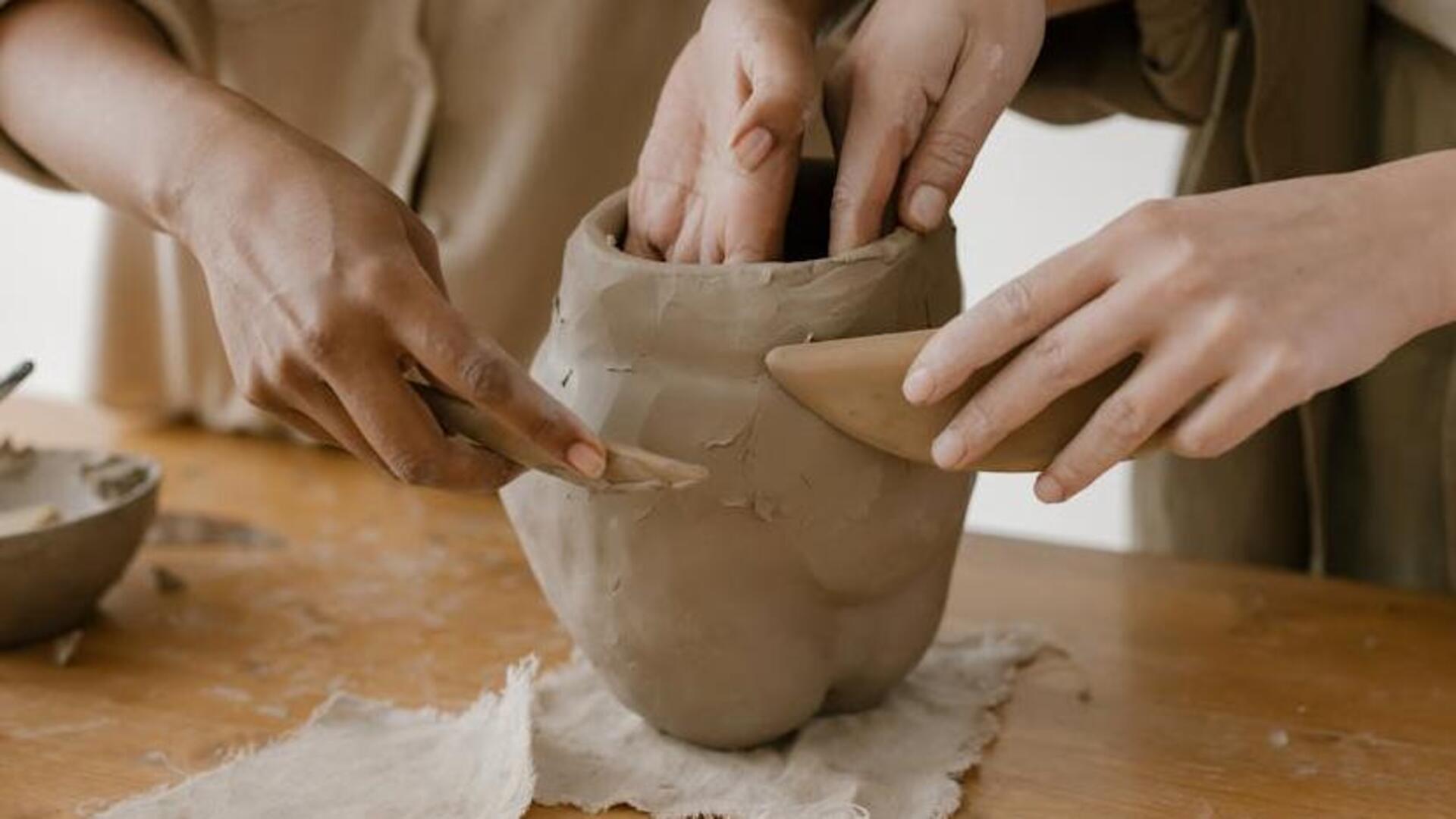
Harmony in stone: Sculptors carving histories
What's the story
This article explores the world of sculpting, an ancient art form that has documented and celebrated human history for millennia.
From the earliest civilizations to the present day, sculptors have held a special place in our hearts and minds, immortalizing our shared cultural heritage through their transformative work with stone, metal, and more.
Revival
The renaissance of sculpture
The Renaissance period witnessed a profound rebirth in the art of sculpture.
Pioneering artists such as Michelangelo and Donatello redefined the medium, crafting masterpieces that still evoke admiration for their realism and emotional resonance.
This period truly established sculpture as a powerful art form, capable of immortalizing human beauty and intricacy in three dimensions.
Evolution
Modern innovations in sculpture
The 20th century saw a further progression in the art of sculpture with artists pushing boundaries through the use of new materials and innovative techniques.
The incorporation of metals such as bronze and steel facilitated the creation of grander, more robust pieces.
Moreover, artistic movements like Cubism and Abstract Expressionism expanded the concept of sculpture, transcending conventional forms to incorporate abstraction.
Community
Public art and sculpture
Public sculptures are a powerful way to enrich communities, bringing art into the open for everyone to enjoy.
They can serve as landmarks or identifiers, creating a unique sense of place and identity.
Take the Statue of Liberty, it's not just an engineering feat but a beacon of freedom and democracy.
Whether they challenge our thinking, celebrate our history, or simply beautify our surroundings, sculptures are treasures worth appreciating.
Creation
The process behind the masterpieces
The journey of a sculpture starts with the artist's rough sketches or models, followed by choosing the right materials that would best suit their imagined piece.
Then, techniques like carving for stone or casting for metals are carefully employed, sometimes spanning weeks or even years.
This process requires not just a deep artistic vision but also significant technical expertise and colossal patience.
Conservation
Preserving our sculptural heritage
The preservation of sculptures is essential for sustaining our connection to historical cultures and artistic accomplishments.
Environmental degradation caused by pollution gradually erodes materials, and accidental damage presents a significant risk to these unique artworks.
Experts in conservation employ scientific approaches in conjunction with traditional methods to guarantee that future generations can appreciate these historical masterpieces.